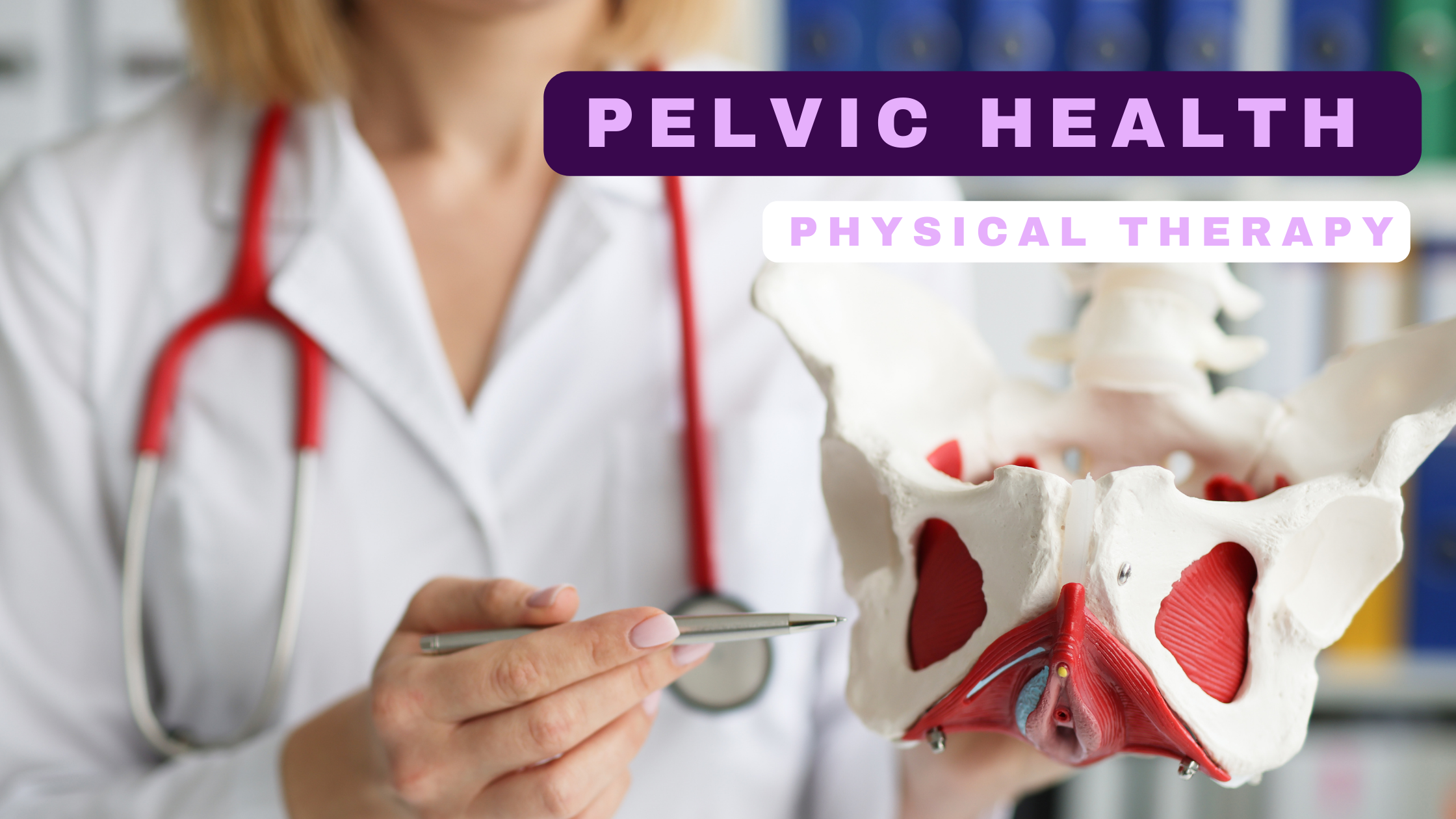Pelvic Health
A basic understanding of the pelvic floor is necessary so that we can recognize issues as they arise.
So what is the pelvic floor?
It is simply a 3 layered muscle that covers the vault of the lower pelvic ring. It is also known as the pelvic diaphragm.
Everyone has a pelvic floor and this muscle undergoes many changes through the human lifecycle.
- Let’s start off with pediatric pelvic health.
Pelvic health for little ones starts off with healthy bowel and bladder habits.
Eating too little fiber and inadequate hydration leads to constipation.
How would you define constipation?
Infrequent bowel movements or difficult passage of stool that persists for several weeks or longer. It is generally described as less than 3 bowel movements a week. (www.mayoclinic.org)
Constipation leads to urinary urgency/incontinence and impacts the way a child sees themselves.
Bedwetting (Enuresis) nocturnal incontinence has categorized into two types:
Primary occurs when a child has not mastered the control of their bladder.
The secondary is when bedwetting pops up and is usually associated with social-emotional changes related to the environment
In bedwetting the is a disconnect between the kidney <> bladder <>brain.
Parents should inform MD of enuresis to rule out other considerations such as diabetes and urinary tract infections.
National Sleep Foundation reports that there are 10% of children between 5-10 years that experience bedwetting and usually by 15 y/o that is reduced to 1%. A great resource for parents is www.ninijamas.com
- Preteen/teenager
Period pain and LBP are often treated with medication however Pelvic Health PT should be considered the first line of defense.
- Pregnancy and Post Partum
There are massive hormonal and center of mass changes in relation to the PFM.
Here teaching focused on: Teaching perineal stretching and scar tissue mobilization from previous births
Advise on relaxation and breathing techniques in the preparation for delivery,
Biomechanics, exercise, and activity moderation during pregnancy
- Perimenopausal: Decrease hormones lead to pain during intimacy. Your pelvic health therapist is able to help provide you with alternatives for treatment.
UTI and sequela leading on to changes in memory, changes in activity levels, and falls.
Prolapse: displacement of the uterus, rectum, and bladder from the original position
Symptoms here include: disruption of bowel/bladder or pelvic health
Chronic Pelvic Pain (CPP) occurs in 1-7 women between ages 18-50.
25 million women suffer from CPP (6 months of pelvic/lower abdominal pain), according to the International Pelvic Health Society(www.pelvicpain.org). Of these 25%, will spend 2-3 days in bed and more than 50% will decrease their ADLS for 1 day. 90 % have pain with intimacy

Endometriosis: a hormone-dependent progressive inflammatory response that causes the lining of the uterus to grow in the Fallopian tubes, ovaries, and sometimes intestines.
Here pelvic health therapists treat the symptoms of conditions. In a retrospective study, 63% of the women with endometriosis experienced less pain after 6 sessions with a pelvic health PT.
Urinary Incontinence: uncontrolled loss of urine often described as leakage with coughing, sneezing, or laughing
Occurs: 25% in young women (1 in 4)
44-57% of middle-aged women (1 in 2)
57% of older women in nursing homes (3 in 4) (Source: Urinary Incontinence New Hope 2012)
Pelvic health therapists treat CPP, constipation, incontinence, and pain during intimacy.

